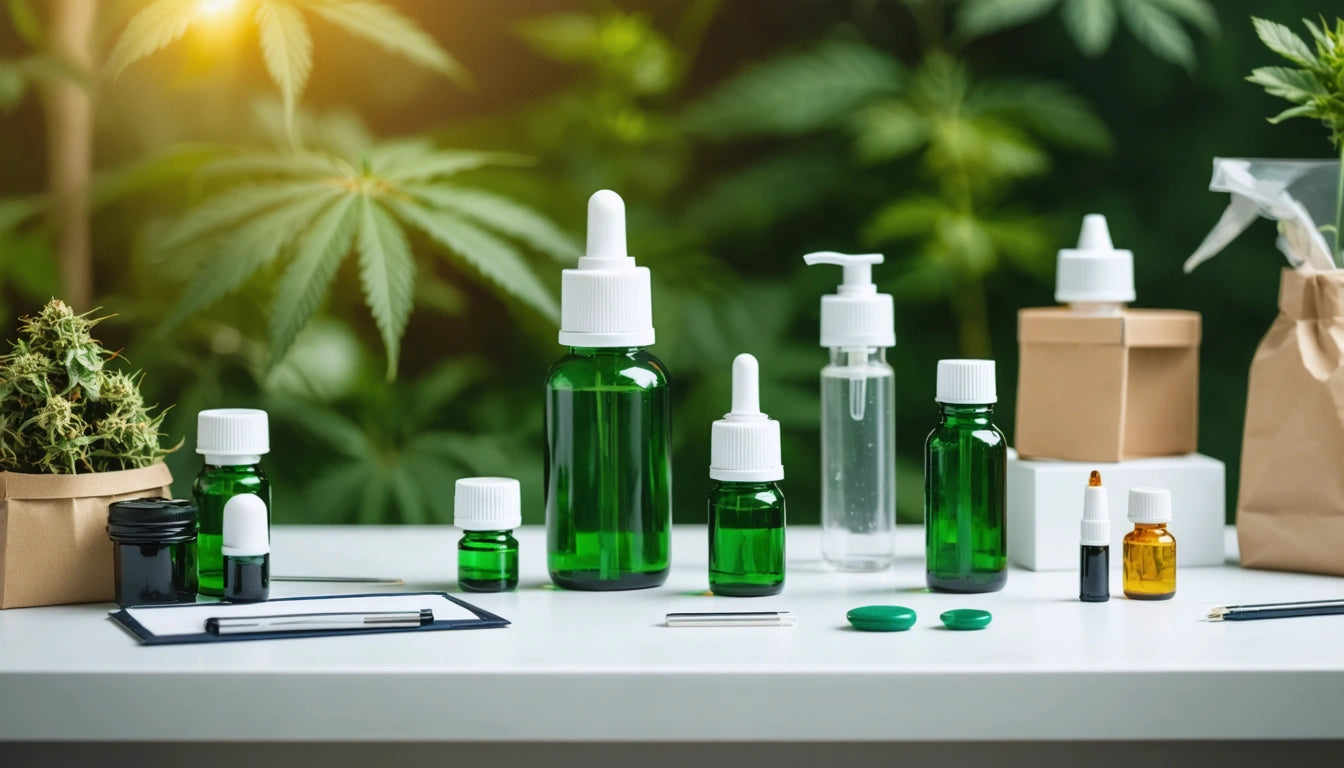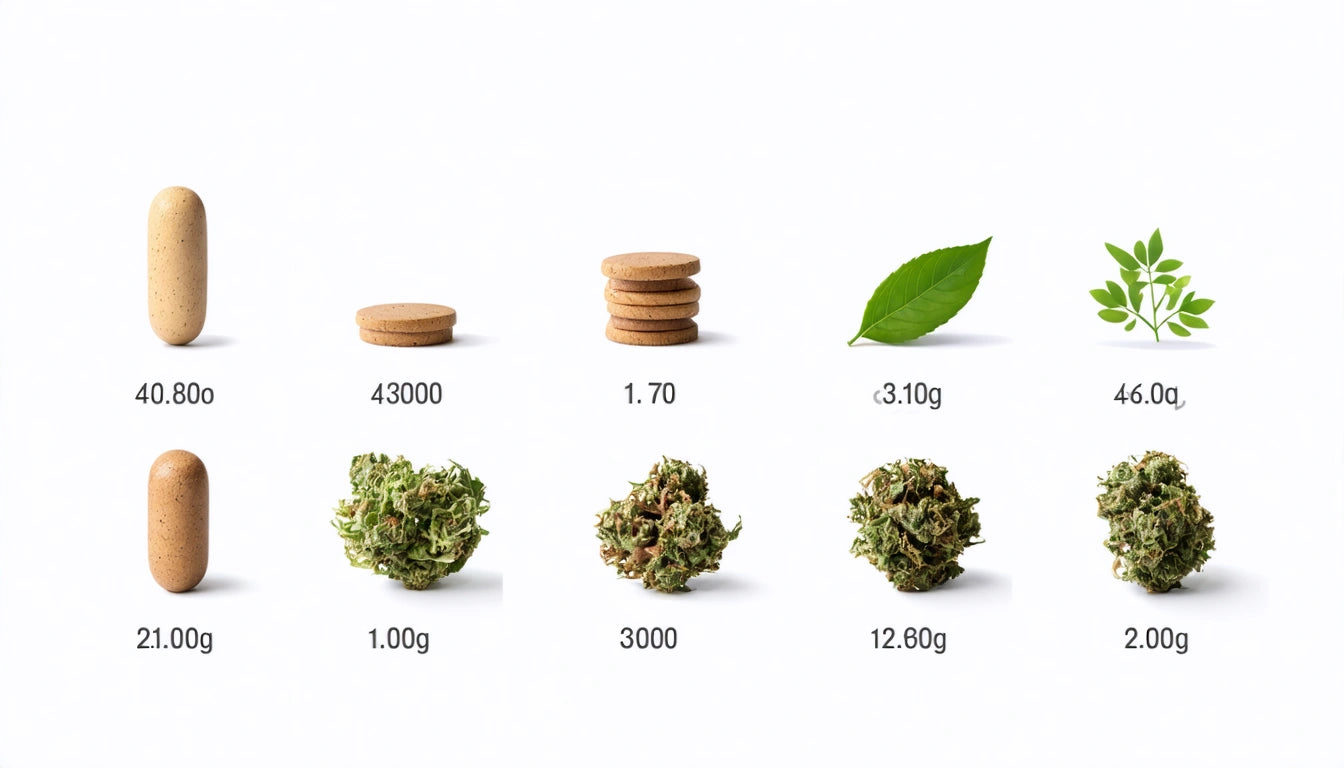- Joint Duration Basics: Understanding the Timeline
- Factors Affecting How Long a Joint High Lasts
- Onset and Peak Effects: How Long It Takes for a Joint to Hit
- Detection Windows: How Long a Joint Stays in Your System
- Safety and Legal Considerations After Smoking
- Responsible Consumption Guidelines for Joint Users
Understanding the Duration and Effects of Smoking a Joint: Highs, Detection, and Safety
Joints remain one of the most popular methods of cannabis consumption, but many users have questions about timing: how long does a joint last after smoking? How long will the high persist? When is it safe to drive? This comprehensive guide addresses these questions and provides evidence-based information about joint duration, effects, and safety considerations.
Joint Duration Basics: Understanding the Timeline
When discussing how long a joint lasts, we need to consider several distinct timeframes:
- Physical burning time: Typically 5-15 minutes for a standard-sized joint
- Onset of effects: Usually 5-10 minutes after inhalation
- Peak high: Generally 20-30 minutes after consumption
- Total duration of high: Approximately 1-3 hours for most users
- Detection window: Days to weeks, depending on testing method
A standard joint containing about 0.3 to 0.5 grams of cannabis will physically burn for 5-15 minutes when continuously smoked. However, how long the high lasts from a joint varies significantly based on individual factors.
Factors Affecting How Long a Joint High Lasts
1. Cannabis Potency
THC concentration is perhaps the most significant factor determining how long a joint high lasts. Modern cannabis strains often contain 15-25% THC, compared to 3-5% in the 1970s. Higher potency typically results in longer-lasting effects.
2. Individual Tolerance
Regular cannabis users develop tolerance, requiring more to achieve the same effects. For first-time users, a few hits of a joint gets you high, while experienced users might need the entire joint for similar effects.
3. Consumption Method
Joints deliver THC efficiently through inhalation, but other consumption methods produce different durations. Edibles, for instance, create longer-lasting effects than joints.
Onset and Peak Effects: How Long It Takes for a Joint to Hit
When smoking a joint, THC enters the bloodstream through the lungs almost immediately. Most users begin feeling effects within 5-10 minutes after the first inhalation. This rapid onset is why smoking is preferred by those seeking immediate relief.
The high typically peaks about 20-30 minutes after smoking, then gradually diminishes over the next 1-2 hours. For most casual users, the question of how long does being high last from a joint has a simple answer: approximately 1-3 hours for the primary effects, with subtle aftereffects potentially lasting another 1-2 hours.
Detection Windows: How Long a Joint Stays in Your System
While the subjective high from a joint lasts a few hours, cannabis remains detectable in your system much longer. Detection windows vary by test type:
- Urine tests: 3-30 days (depending on usage frequency)
- Blood tests: 1-2 days
- Saliva tests: 24-72 hours
- Hair tests: Up to 90 days
For occasional users wondering how long will one joint stay in urine, most reports suggest 3-5 days. However, detection varies widely based on metabolism, hydration, and individual factors. Community discussions on platforms like Reddit often indicate similar timeframes, though scientific testing provides more reliable information.
Safety and Legal Considerations After Smoking
Understanding how long a joint high lasts is crucial for safety, particularly regarding driving and operating machinery. Cannabis impairs coordination, reaction time, and judgment, making these activities dangerous while under the influence.
The question of how long after a joint can you legally drive has no universal answer, as it depends on jurisdiction. Most experts recommend waiting at least 4-6 hours after smoking before driving, though impairment can last longer. Some jurisdictions have established per se limits for THC blood concentration, while others rely on officer observation of impairment.
Proper storage of cannabis products is also essential for safety. Child-resistant packaging requirements help prevent accidental consumption by children, an important consideration for households with young family members. Always store joints and other cannabis products securely, especially if saving joints for later use.
Responsible Consumption Guidelines for Joint Users
To ensure a safe and enjoyable experience with joints, consider these practical guidelines:
- Start with small amounts, especially with unfamiliar cannabis
- Wait at least 15-20 minutes between hits to gauge effects
- Stay hydrated before, during, and after smoking
- Consume in a comfortable, familiar environment
- Have a sober friend present if you're inexperienced
- Never drive or operate machinery while under the influence
- Store cannabis products securely in child-resistant packaging
- Be aware of local laws regarding cannabis possession and use
Understanding how many hits of a joint gets you high is personal and varies by individual. New users may feel effects after 1-2 inhalations, while experienced users might require several hits or an entire joint. When in doubt, proceed cautiously and allow time between hits to assess your response.
For those concerned about joint freshness, note that properly stored joints can maintain potency for months, though flavor may diminish over time.
By understanding the timeline of effects and practicing responsible consumption, users can enjoy the benefits of cannabis while minimizing risks and maintaining safety for themselves and others.











Leave a comment
All comments are moderated before being published.
This site is protected by hCaptcha and the hCaptcha Privacy Policy and Terms of Service apply.